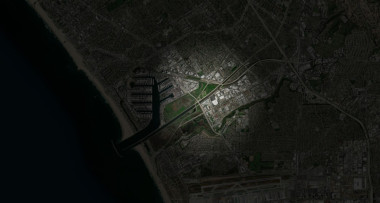Startup Says It'll Use Huge Space Mirror to Sell Sunlight During Nighttime
cross-posted from: lemmy.world/post/19446697

There have been multiple accounts created with the sole purpose of posting advertisement posts or replies containing unsolicited advertising.
Accounts which solely post advertisements, or persistently post them may be terminated.